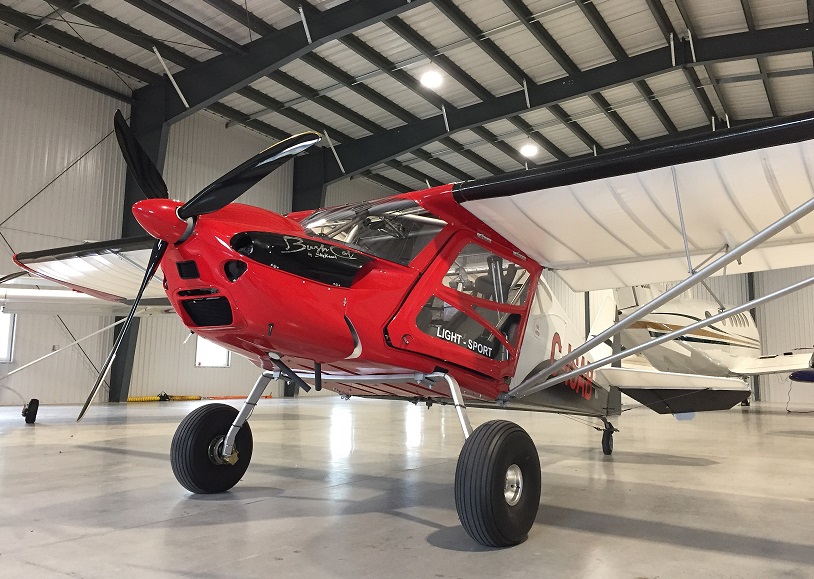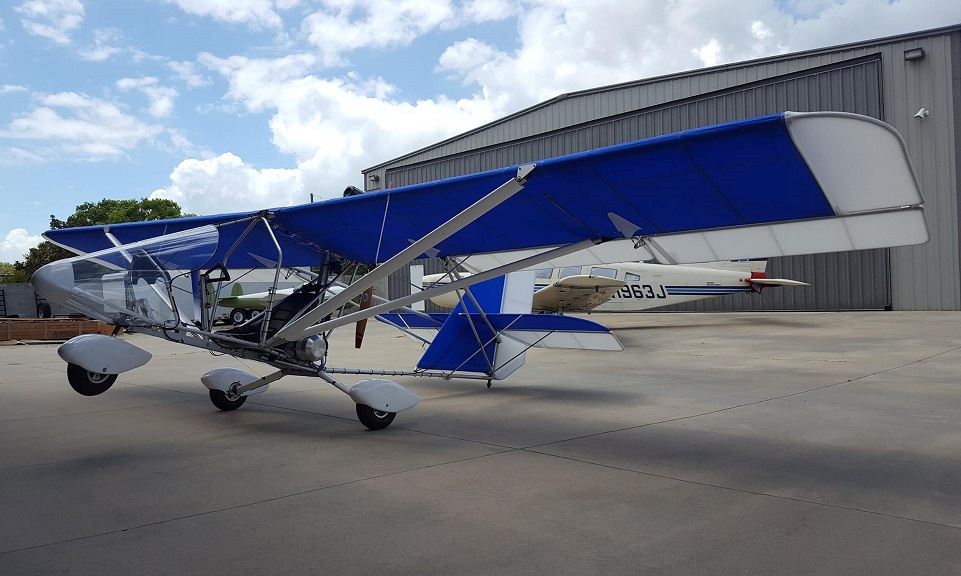by Chris Horsten, Director, Canadian Light Sport Aircraft Association and member of the General Aviation Safety Campaign (GASC) Ultralight Working Group
The GASC is a collaborative effort between general aviation (GA) associations, communities, and Transport Canada with the goal of improving safety in GA through promotion and education. The Ultralight Working Group, one of the campaign’s working groups, made up of ultralight pilots, is looking at ways to enhance and promote a safety culture within the community. This article is the first of a series that this group will develop to encourage and improve safety in ultralight aviation, but it can also be useful to the whole GA community.—Ed.
It’s been an unfortunate year for GA safety in Canada. This year, search and rescue performed more major GA searches than in previous years, and there were numerous incidents and accidents within the ultralight community involving injury, fatalities, and damaged aircraft. From an ultralight perspective, it’s hard to point the finger at any one cause because we just don’t have enough data to corroborate any single issue. But what I think we can all agree on is that there is room for improvement.
There are two categories of ultralight in Canada. The first is called a basic ultralight aircraft (BULA) defined as an aircraft weighing up to 1 200 pounds (lbs), with a stall speed of 45 miles per hour (mph) or less. It can have one or two seats, though it has no passenger carrying privileges. The second seat is meant for training or for sharing with another pilot who understands the risks of ultralight flying. Basic ultralight aircraft designs are not regulated and have no requirement to maintain any standard of airworthiness. The Aerolite 103 photo is an example of what many people associate with a BULA, although many conventional-looking planes can also fit into this class.
The second category is called an advanced ultralight aircraft (AULA) (see SkyReach BushCat photo). A typical 2-seat AULA has a maximum gross weight of 1 232 lbs (560 kg) (770 lbs or 350 kg for a single seat), a maximum stalling speed of 45 mph in the landing configuration, and a minimum useful load calculated as ½ the horsepower plus 350 lbs (or 175 lbs for single seat). An AULA does have passenger carrying privileges provided the pilot is adequately trained and holds a passenger carrying endorsement, or possesses a Recreational Pilot Permit or higher license. An AULA can be either factory-built or owner-built. An AULA requires a statement of conformity from the manufacturer to attest that the design conforms to the Canadian standard for AULAs (TP 10141).
Advancements in designs, materials, and electronics have resulted in some extremely sophisticated aircraft in both categories, but particularly on the AULA end of the spectrum. In many cases, these aircraft are rivaling the capabilities and performance of many GA aircraft. Examples include carbon fibre structures, turbocharged engines, sophisticated avionics and autopilots, and more. AULA owners are required to maintain their aircraft according to the manufacturer’s specification. Those who don’t are required to revert to BULA rules (no passenger carrying). No matter which type of ultralight you fly, these advancements mean that we have a great responsibility in regard to training, maintenance, and currency.
What has not changed are the pilot training requirements and the regulations surrounding both categories. As such, it is incumbent on the pilot to know his or her limits, and to seek out instruction on type before attempting to fly either BULA or AULA. Most ultralight aircraft accidents are attributed to loss of control, but we know that aircraft don’t suddenly become uncontrollable. The responsibility rests with the pilot to be adequately trained and current and have the necessary resources to maintain his or her aircraft in a safe and responsible manner. Even though a pilot who holds a Private Pilot Licence or higher is legally allowed to fly an ultralight without any additional training, it does not mean that he or she has the necessary proficiency to safely fly an ultralight. Transition training is highly encouraged and recommended and could save your life.
Aviation safety begins and ends with us, the flying community. Taking shortcuts, neglecting maintenance, and not keeping up a level of personal competence will undoubtedly produce catastrophic results. Let’s all do our part to practise good habits and help others do likewise.
There are many resources available:
COPA (Canadian Owners and Pilots Association)
UPAC (Ultralight Aircraft Association of Canada)
RAA (Recreational Aircraft Association of Canada)


